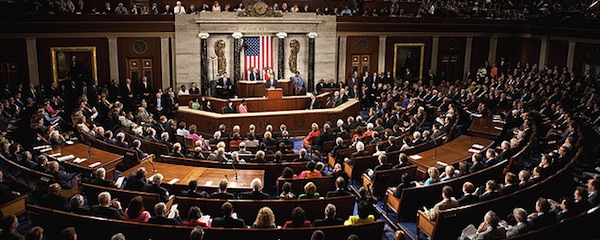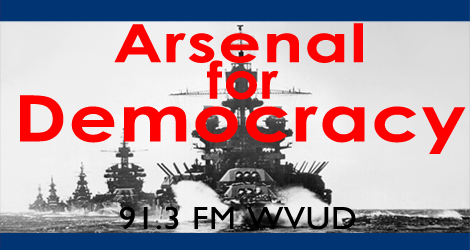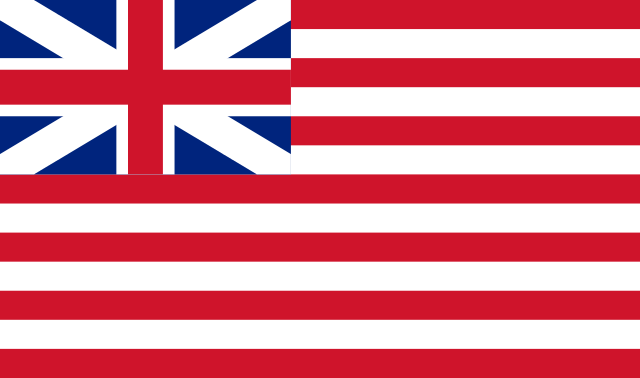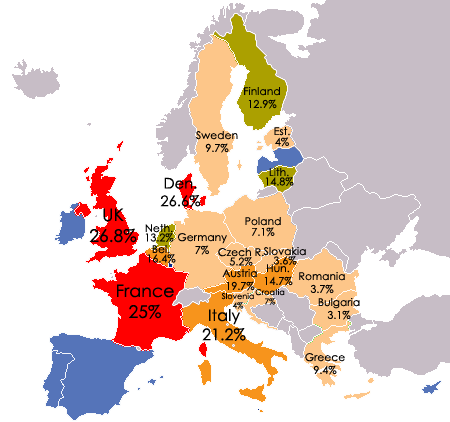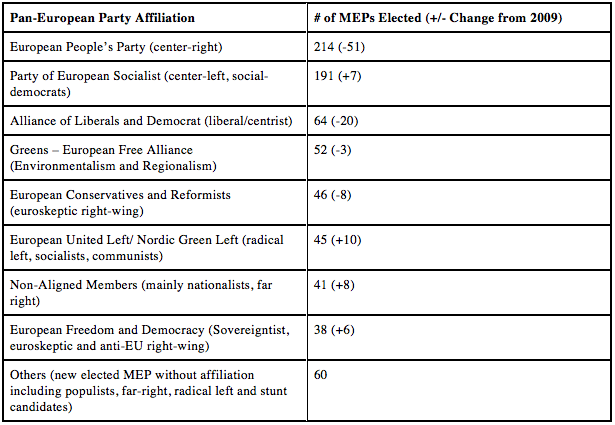A recent report funded by the Boston Foundation and the Center for Collaborative Education, a pro-Pilot School organization, recommends that the Boston Public School system grant more autonomy to individual schools.
Which raises the question: autonomy relative to whom? According to the Globe:
The premise of the recommendation is that schools best know the unique needs of their student populations and what measures might hold the most promise in boosting achievement. That, in turn, means the schools should have maximum latitude to make decisions regarding budgeting, staffing, curriculum, and length of school day, instead of being hemmed in by central offices or union contracts, the report concludes.
This might sound nice in theory, but being anti-teachers’-union is anti-student. The less bargaining power the teachers have, the lower the prevailing pay, and that in turn means some of the most promising young people take their talents elsewhere, instead of deciding to teach our children. If we want the best we have to pay more, just like the private sector.
But instead, teachers have been under a lot of pressure lately to teach for peanuts as a labor of love. Indeed, a pro-Pilot article featured on the Boston Foundation webpage quotes one teacher who takes the “love” bait:
“I care about my union,” Mr. Ali said, “but there are contractual complications. The union is advocating for us, but the conversation is too narrowly confined, because it’s all about money. Teachers don’t become teachers for the money.”
But teaching is a career. People who don’t do things for the money are called volunteers.
Are teachers’ unions the only way that teachers can receive a good salary? Not necessarily — but they’re certainly the best way for teachers to keep it.
Just take a look at North Carolina. Writes parent and university professor Deborah R. Gerhardt,
As recently as 2008, North Carolina paid teachers better than half the nation. Things can change quickly, especially if you’re not looking. Now, the brand that attracted us — “the education state” — sounds like a grim joke. After six years of no real raises, we have fallen to 46th in teacher pay.
She describes how North Carolina teachers have suffered a pay freeze, the loss of tenure, and the loss of higher salaries for those with graduate degrees.
Also in North Carolina? An interdiction on collective bargaining for teachers. These teachers who build their lives around the idea of an okay salary and some paltry benefits can see it all go downhill in a matter of years. No unions means no stability.
So what does this mean for students? Are they thriving in the union-free North Carolina school system? Not so much — teachers in North Carolina aren’t passively accepting these changes. They’re leaving — and who can blame them? But this flight increases the student to teacher ratio, making things more difficult for remaining teachers and resulting in worse education for students.
Read more



